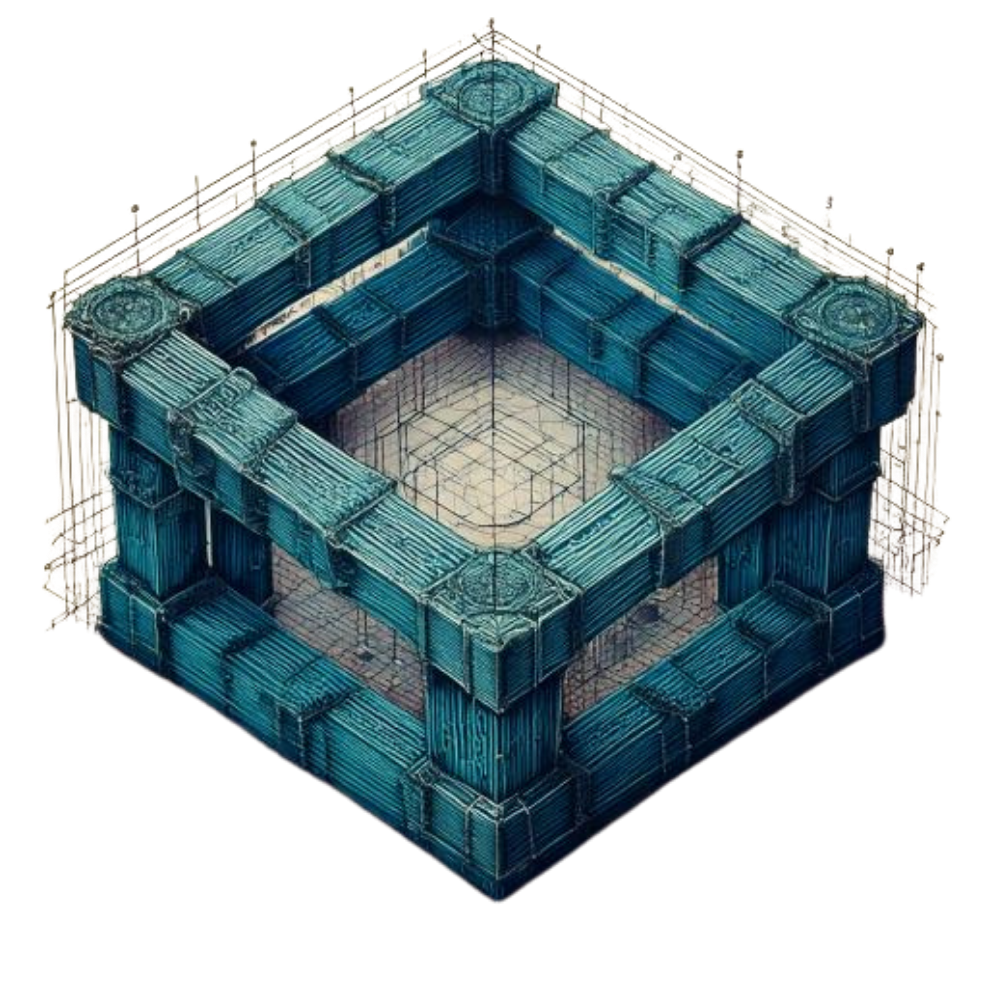Tokenization and Fractional Ownership:
A Game-Changer in
Art Markets

How it works
Step-by-Step Guide
| 1. | Authentication – Experts verify the provenance and historical significance of the artwork. |
| 2. | Tokenization – The piece is digitally divided into secure, tradable tokens. |
| 3. | Investment & Trading – Investors acquire RAPH tokens, each representing a share of the artwork. |
| 4. | Liquidity & Growth – Tokens can be easily traded, increasing market accessibility. |
Blockchain Framework:
The Technology Behind Raphael
The Raphael Coin platform is powered by an independent blockchain and operates using a delayed Proof of Work (dPoW) consensus mechanism. This advanced approach ensures robust security, protecting the network against 51% attacks and maintaining the integrity of the platform.
Ownership records are maintained on Raphael Coin's independent blockchain. Transactions are registered on an immutable ledger, ensuring traceability, transparency, and fraud prevention. This decentralized system eliminates reliance on intermediaries, enabling direct and secure exchanges between participants.

Transactions utilize Multi-Signature Protocols, requiring multiple authorizations to reduce the risk of fraud.

All transactions are recorded on a public blockchain, ensuring transparency and preventing disputes.

Independent audits verify the integrity of the blockchain and the security of the physical asset.